KINDERGARTEN
TIPS Kindergarten follows an integrated approach of early years learning for children between ages 2.5 to 5.5 years, carefully choosing from the best practices of various global methods. The world today poses numerous challenges for survival, and traditional teaching and learning methods may no longer be adequate to equip children with the know-how to face these. It is our endeavour to bring out in children their inherent natural curiosity and nurture a passion for learning so they grow up to be independent lifelong learners who can expeditiously adapt to any environment. TIPS PREKG, KG1 and KG2 programmes seamlessly harmonise various disciplines to bring about physical, social, emotional, language and cognitive development in a young child. Our curated classrooms perfectly complement a young learner’s journey of myriad exploration and expanding experiences. Our team of expert early years educators combined with superior teacher-student ratio adds to the exceptional TIPS KG learning experience.
Right from practical living exercises that encourage self-care and independence including a fireless cookery station to daily movement through dedicated dance studios, sandpits, swimming pools and more, to language and math corners, to the more creative realms of storytelling, art, music and role play with props, we have it all. Children at TIPS are also actively encouraged to explore the natural world around them under the guidance of their class facilitators. Nature walks, nature-themed art & craft form a regular part of the TIPS KG curriculum. The idea behind including all areas of life in the school environment is to help children explore, learn and create their own experiences that can maximise individual potential.
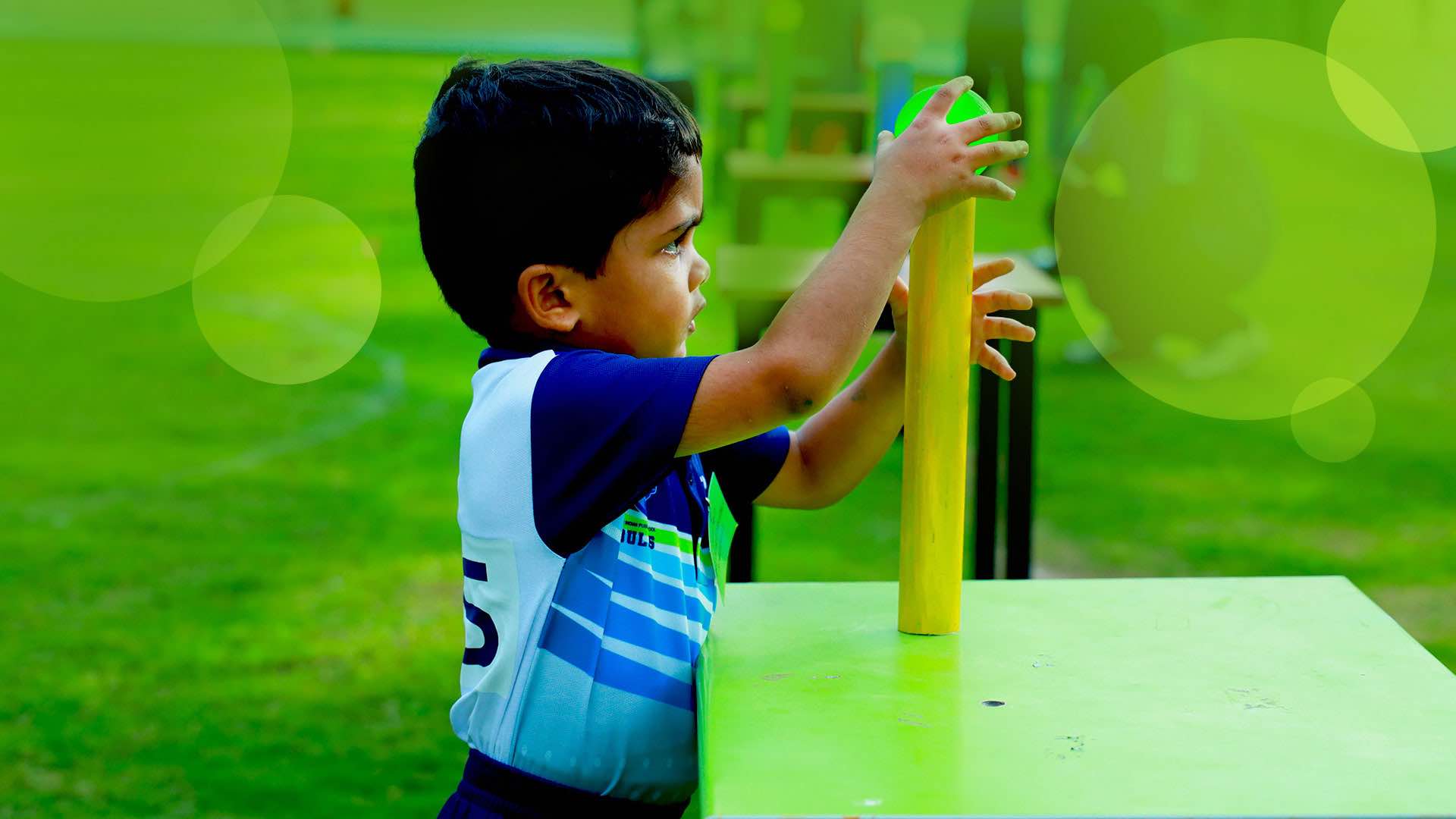
Pre-KG
Pre-KG at TIPS starts with acclimatising and familiarising children with their new daily environment at school. After children settle in, which usually takes up to 3 weeks, they are introduced to EPL (Exercise of practical life) and sensorial materials. Apart from that children also spend time with open-ended materials which include materials from nature and also blocks. Nature walks on campus and collection of materials from nature is part of the regular curriculum. Rhyme time involves finger rhymes and also regular kindergarten themed songs. During circle time there is a lot of focus on children moving around in animal movements, etc.
PreKG at TIPS starts with acclimatising and familiarising children with their new daily environment at school. After children settle in, which usually takes up to 3 weeks, they are introduced to EPL (Exercise of practical life) and sensorial materials. Apart from that children also spend time with open-ended materials which include materials from nature and also blocks. Nature walks on campus and collection of materials from nature is part of the regular curriculum. Rhyme time involves finger rhymes and also regular kindergarten themed songs. During circle time there is a lot of focus on children moving around in animal movements, creeping, crawling, balance walk, bean bags, balancing using bean bags as well as opportunities to express themselves, and a lot of listening through stories and object talk. Even storytelling in this grade is much subtler than in higher grades. Natural materials are used to set the story corner and it is set there for the entire fortnight or a month for the kids to go and observe.
- EPL Activities
- Sensorial Activities
- Open-Ended Material Play
- Circle Time
- Sloka
- Animal Walks
- Finger Rhymes
- Oral Language Activities
- Art Activities
- Outdoor Play – Sandpit and Free play
- Storytelling
- Fireless cooking
- Working with Clay
- Music & Dance
- Swimming
KG 1
KG 1 at TIPS is marked by aggregate reinforcement of all that was introduced in PreKG along with a formal introduction to alphabet sounds and numbers through tracing using Montessori materials and small movables. Tracing is important because children are still very sensitive to touch till about 3.5 to 4 years of age. Therefore, be it letters of the alphabet or numbers they can assimilate sensorial and muscular memory impressions. The rhymes and stories at circle time get a little more vocabulary-rich and impromptu role playing based on stories narrated are encouraged to bring about confidence and social interaction skills in children.
KG 1 at TIPS is marked by aggregate reinforcement of all that was introduced in PreKG along with a formal introduction to alphabet sounds and numbers through tracing using Montessori materials and small movables. Tracing is important because children are still very sensitive to touch till about 3.5 to 4 years of age. Therefore, be it letters of the alphabet or numbers they can assimilate sensorial and muscular memory impressions. The rhymes and stories at circle time get a little more vocabulary-rich and impromptu role playing based on stories narrated are encouraged to bring about confidence and social interaction skills in children. Object talk and riddles challenge children to think about things they see in their environment. Animals and nature are explored a little more in detail. The emphasis on EPL, sensorial, open-ended material play, movement and outdoor play continues.
- EPL Activities
- Sensorial Activities
- Language Development
- Arithmetic
- Open-ended material play
- Circle Time
- Sloka
- Animal Walks
- Finger Rhymes
- Oral Language Activities
- Kids Yoga
- Art Activities
- Outdoor Play – Sandpit and Free play
- Storytelling
- Drama
- Fireless Cooking
- Swimming
- Music & Dance
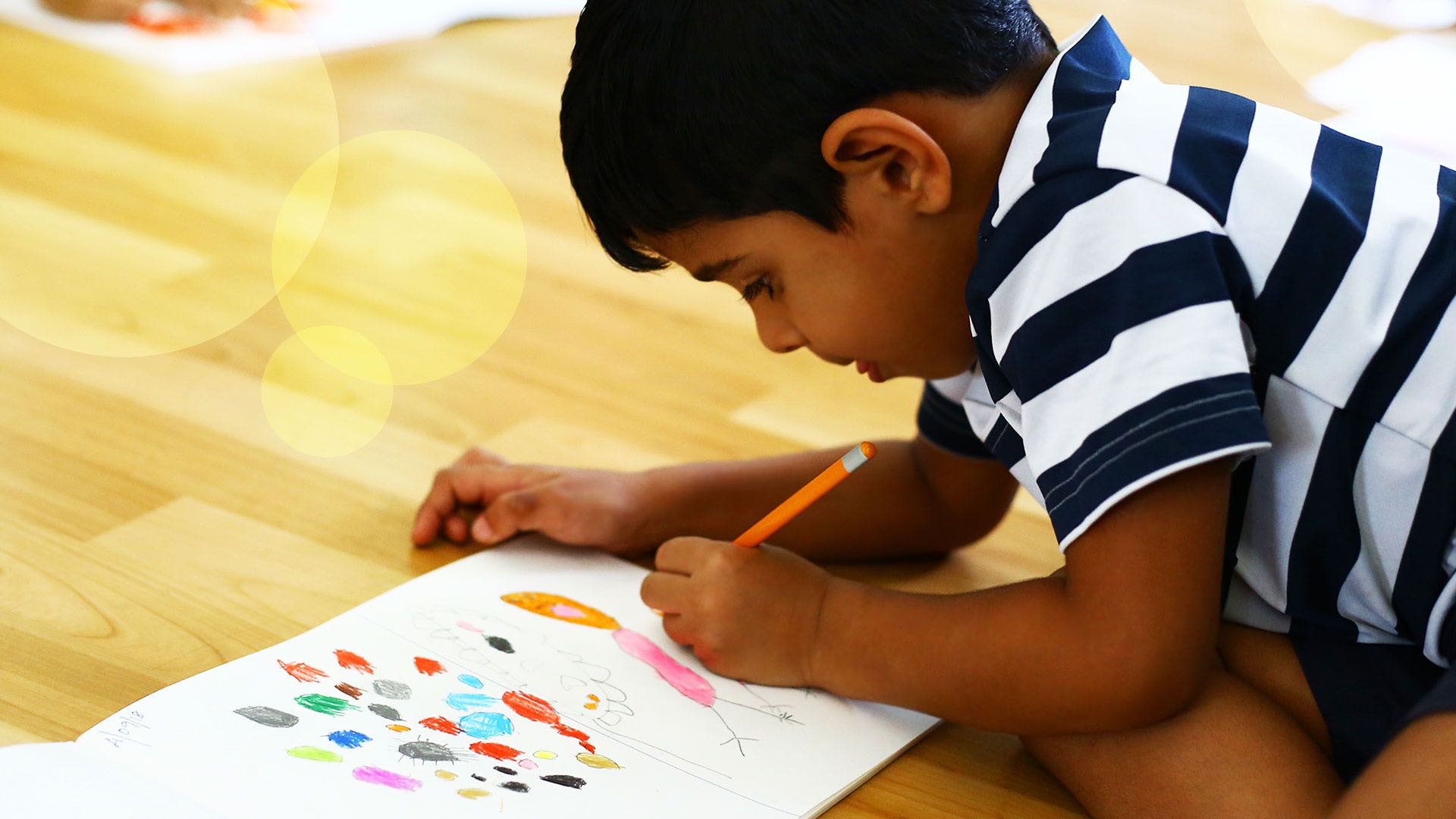
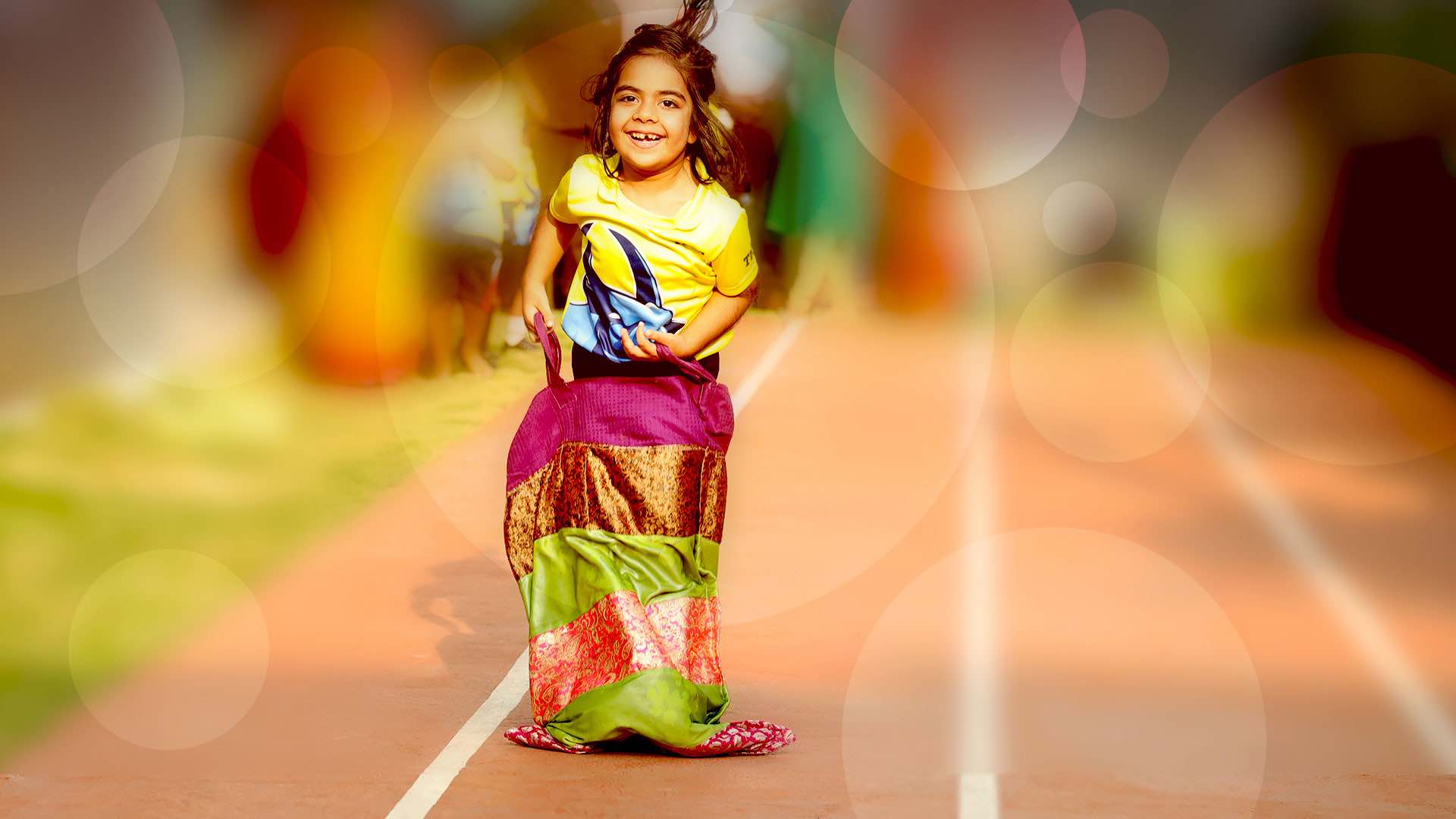
KG 2
KG 2 at TIPS marks the phase when children can both read and write alphabet, numbers and short sentences. Social interaction skills and conversation are developed further as children get ready to leave kindergarten and enter grade 1 at TIPS main campus, at the end of the academic year. Small movables for alphabet and numbers, Montessori EPL and sensorial materials, outdoor play and gardening form a good part of the KG 2 curriculum. Circle time, rhymes, music, drama and role play develop the children’s confidence, speaking skills and posture. Storytelling becomes a little more nuanced as kids can now understand the differences in story narrations.
KG 2 at TIPS marks the phase when children can both read and write alphabet, numbers and short sentences. Social interaction skills and conversation are developed further as children get ready to leave kindergarten and enter grade 1 at TIPS main campus, at the end of the academic year. Small movables for alphabet and numbers, Montessori EPL and sensorial materials, outdoor play and gardening form a good part of the KG 2 curriculum. Circle time, rhymes, music, drama and role play develop the children’s confidence, speaking skills and posture. Storytelling becomes a little more nuanced as kids can now understand the differences in story narration styles, with and without voice modulation.
- EPL Activities
- Sensorial Activities
- Language Development – LSRW Skills
- Arithmetic
- Open-ended material play
- Circle Time
- Sloka
- Animal Walks
- Finger Rhymes
- Oral Language Activities
- Kids Yoga
- Storytelling
- Drama
- Fireless Cooking
- Art activities
- Outdoor play – sandpit and free play.
- Swimming
- Music & Dance
ON A TYPICAL KINDERGARTEN DAY AT TIPS
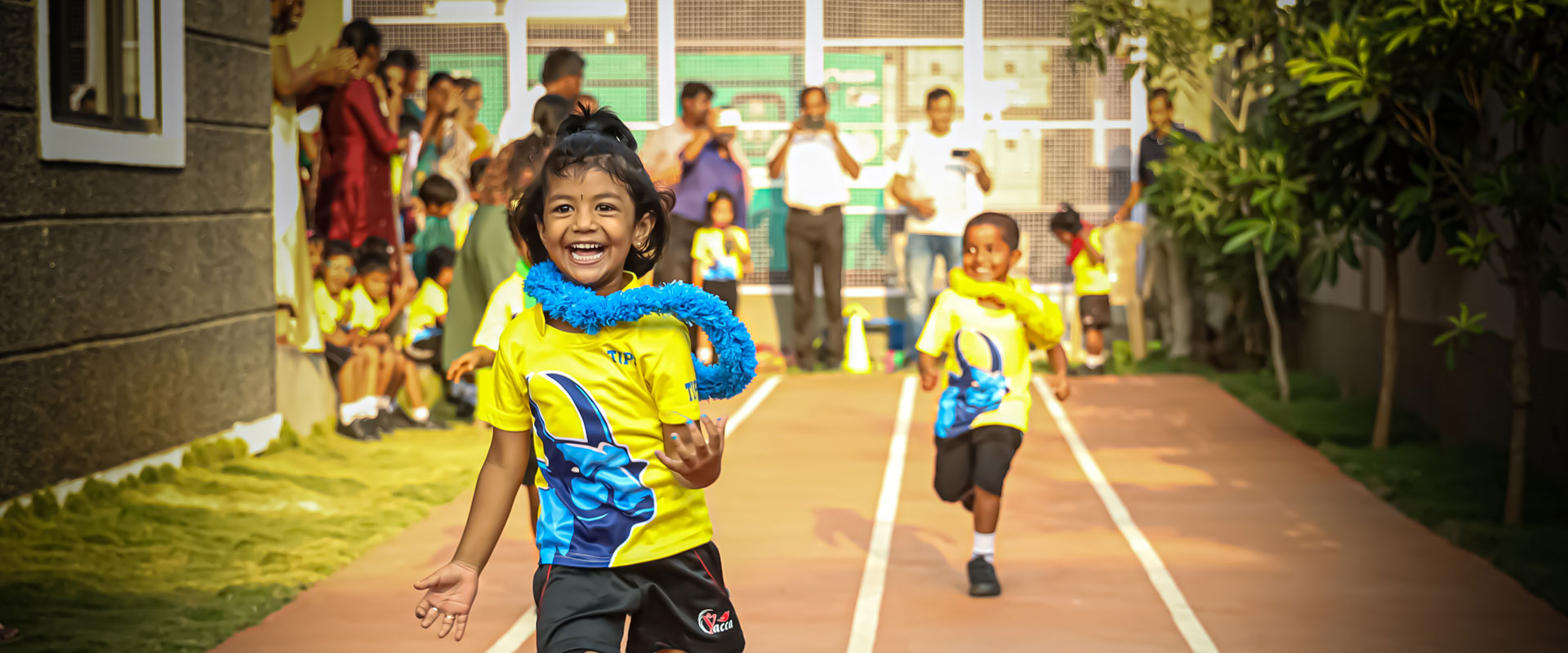
Outdoor play enables children to enjoy the natural environment as they learn to seek out exercise, fresh air and activity. The child can also experiment, solve problems, think creatively, cooperate with others, etc., thereby gaining a deeper knowledge about themselves and the world. At TIPS, children are encouraged to spend a lot of time in the sandpit and a lot of time in the natural-surface play areas without any footwear. They also do the ‘8-walk’, walking along the shape of 8 on white pebbles. Neurologically, this activity has been found to induce better brain development. This also reduces stress and improves concentration.
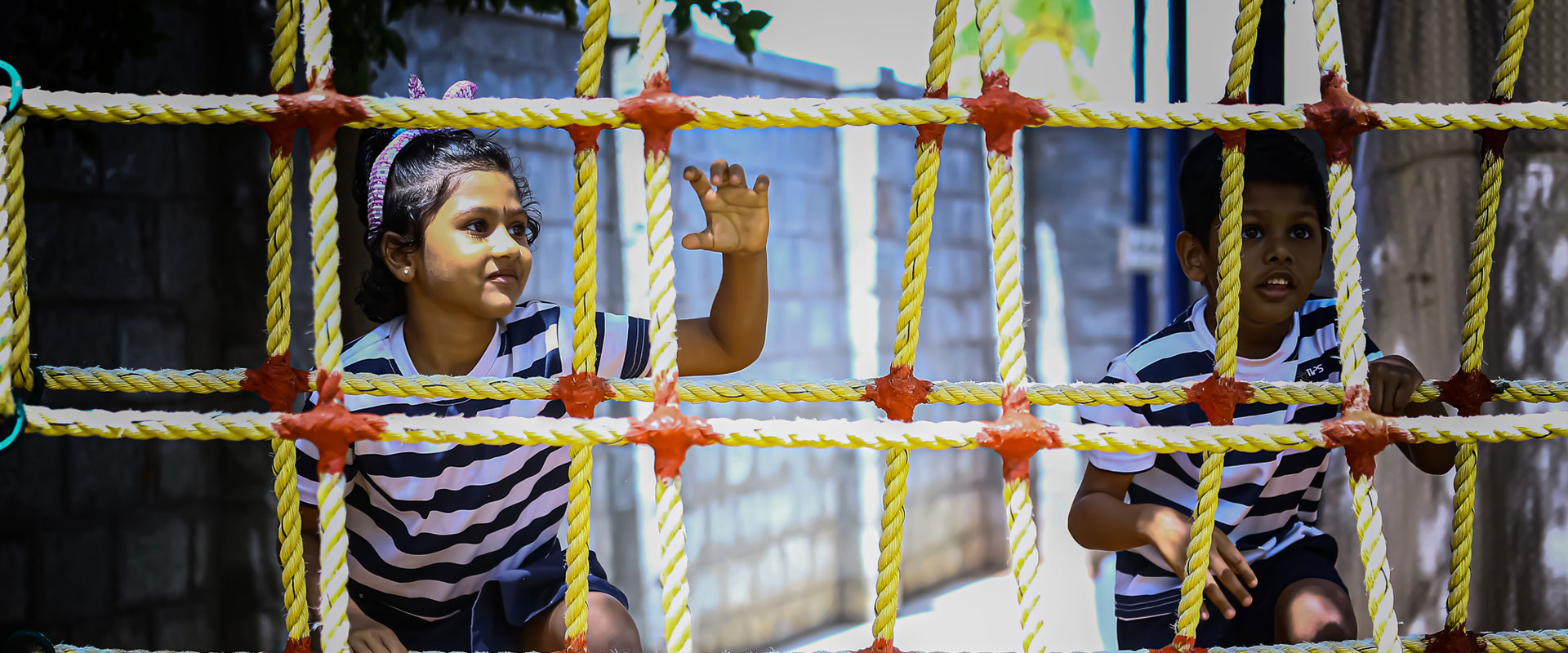 Crawling and creeping form an important part of the natural sequence of development. It provides strong neurological foundations for many of the skills needed for later learning. They directly have an impact on a child’s ability to read and write later on. Crawling and creeping promotes the healthy development of visual and postural integration. They also provide important foundational brain pathways for many other visual-motor tasks. Crawling is the first move of a child, which is why it develops and enhances problem solving skills, sensory system and cognition. Creeping exposes a broader view of the world to the child, which expands the child’s ability to process and interact with new information.
Crawling and creeping form an important part of the natural sequence of development. It provides strong neurological foundations for many of the skills needed for later learning. They directly have an impact on a child’s ability to read and write later on. Crawling and creeping promotes the healthy development of visual and postural integration. They also provide important foundational brain pathways for many other visual-motor tasks. Crawling is the first move of a child, which is why it develops and enhances problem solving skills, sensory system and cognition. Creeping exposes a broader view of the world to the child, which expands the child’s ability to process and interact with new information.
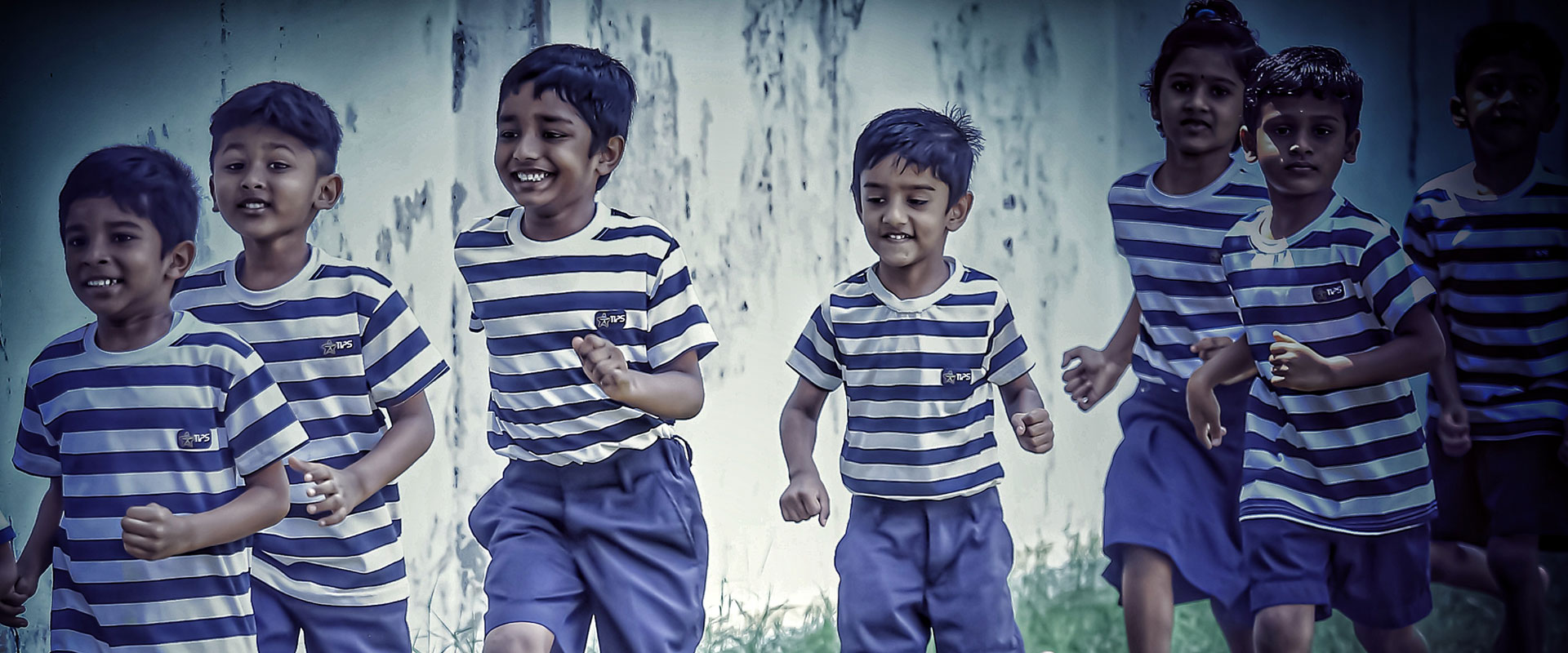 Balance beams and other challenging surfaces encourage children to build their core strength and to learn how to balance their bodies in response to level and direction changes. Gross motor play, balance and coordination can also help children build their core muscles, which helps them stay more stable during movement. This activity requires a lot of concentration and the coordination of hand and eyes. Through regular balance walking, kids tend to overcome their fear to try anything new and also develop endurance. They also tend to understand their own left and right.
Balance beams and other challenging surfaces encourage children to build their core strength and to learn how to balance their bodies in response to level and direction changes. Gross motor play, balance and coordination can also help children build their core muscles, which helps them stay more stable during movement. This activity requires a lot of concentration and the coordination of hand and eyes. Through regular balance walking, kids tend to overcome their fear to try anything new and also develop endurance. They also tend to understand their own left and right.
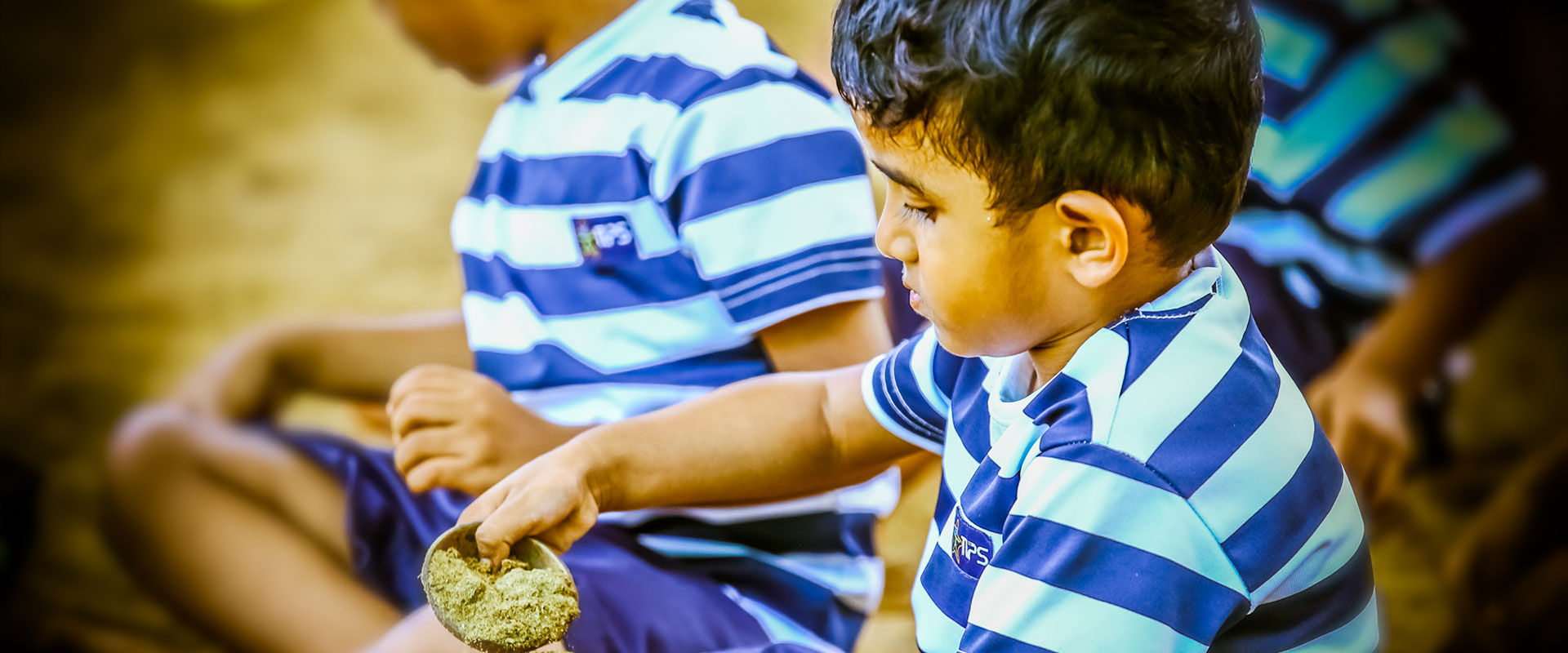
Open-ended materials like stones, feathers, twigs, etc., are materials that can be used to build or create or to combine to make something new. They provide multiple uses and endless play. They enable children to be creative and express themselves in play, often using materials to explore and represent other things. There is no pressure to complete an “end product” or be bound by limitations. By exploring the materials, children become innovators, designers and explorers as they build, sort, design and stack in a variety of different ways. Playing by their own rules allows children to be creative and have fun.
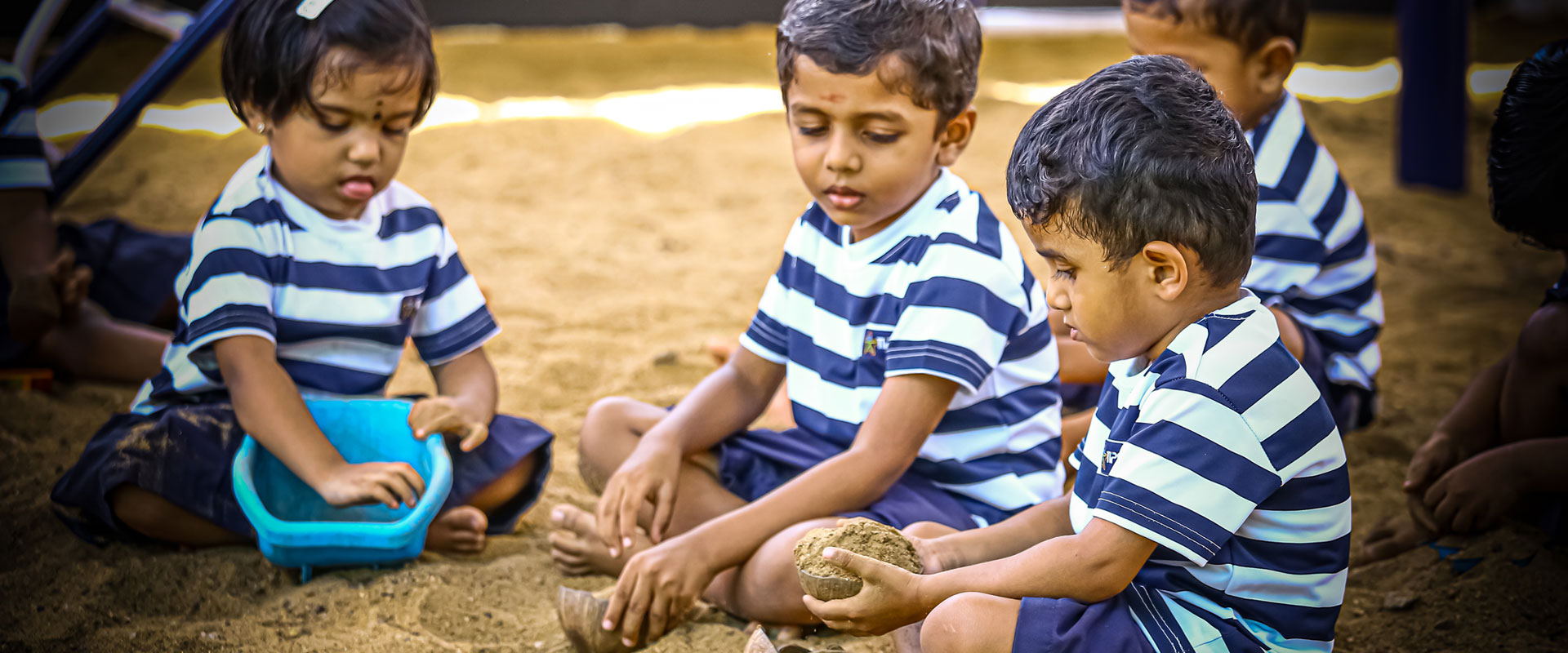
The practical life area provides the foundation for future learning. The activities are designed to enable the child to explore their environment through movement while gaining harmony with their brain, senses and muscles. This area gives the child direction and movement through repetition and promotes confidence to face challenges and change. The activities in the practical life area appeal to the young child’s sensitive period of order, imitation and self-awareness. These include grasping; spooning; using tongs; pouring beans and water; scooping; opening and closing; stringing beads, and care of the environment through the use of sponges, broom and dustpan.

The sensorial area allows the child to explore the world around them through the senses. These exercises help the child develop a keener eye for discrimination of contrasts and minute details. Each material isolates one defining quality such as colour, weight, shape, texture, size, sound and smell. In using these exercises, the child will gain a sharpened sense of perception, learn basic problem-solving and have the opportunity of abstract learning. At TIPS, children are exposed to various activities like finger painting, kneading wheat flour dough, identifying different fragrances of leaves, sorting out different colour tablets, exploring different textures of cloth and many more.
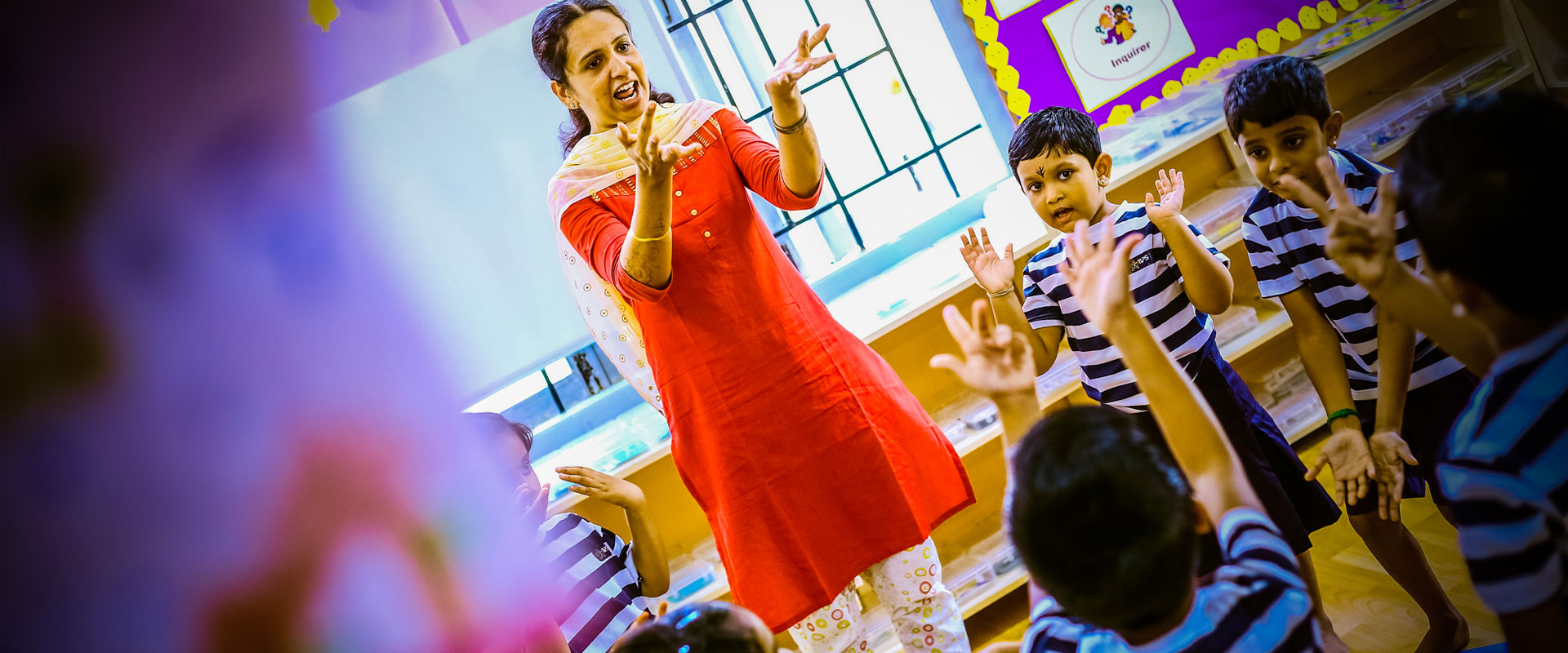
Circle time helps develop positive relationships between kids through engaging and fun-filled activities. Preschool circle time activities keep kids occupied. It helps them transition from one part of the day to the next. During circle time, children are seated in a circle on the floor and are encouraged to do many activities, while the teacher sees to it that each child is given the opportunity to be involved so that each one equally receives the benefits of circle time. Some of those activities include musical games, cooperative games, talking and listening exercises, finger rhymes, stories, drama activities and a lot more!
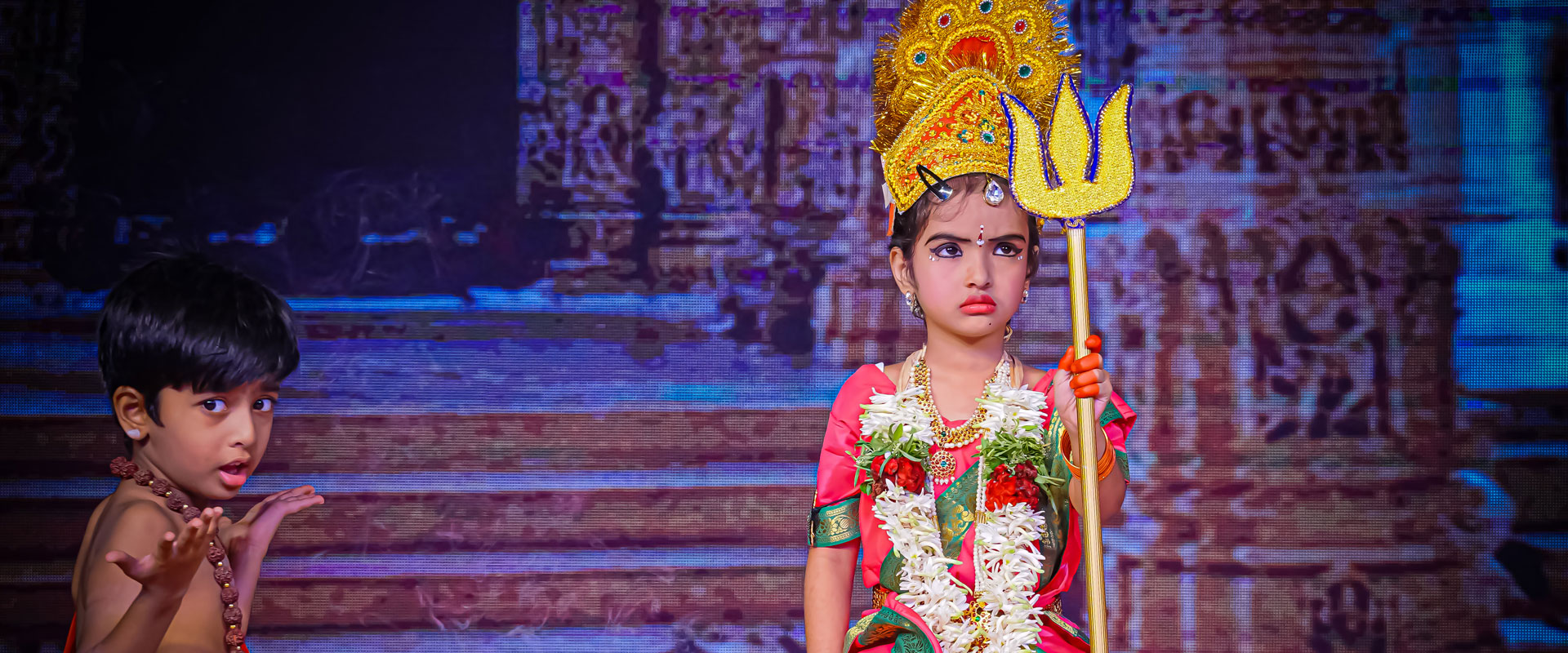
Storytelling at TIPS is an interactive session. As a story progresses and develops, children ask questions. This is a great learning activity. In a TIPS early childhood classroom, a story is repeated for 15 days up to a month, at a time. Rather than being bored by hearing the same story over and over again, children delight in the repetition. The story table using natural materials is set up in the classroom for each story and children will gather around this during story narration. They are also free to observe this at any time during the school day for the whole fortnight.
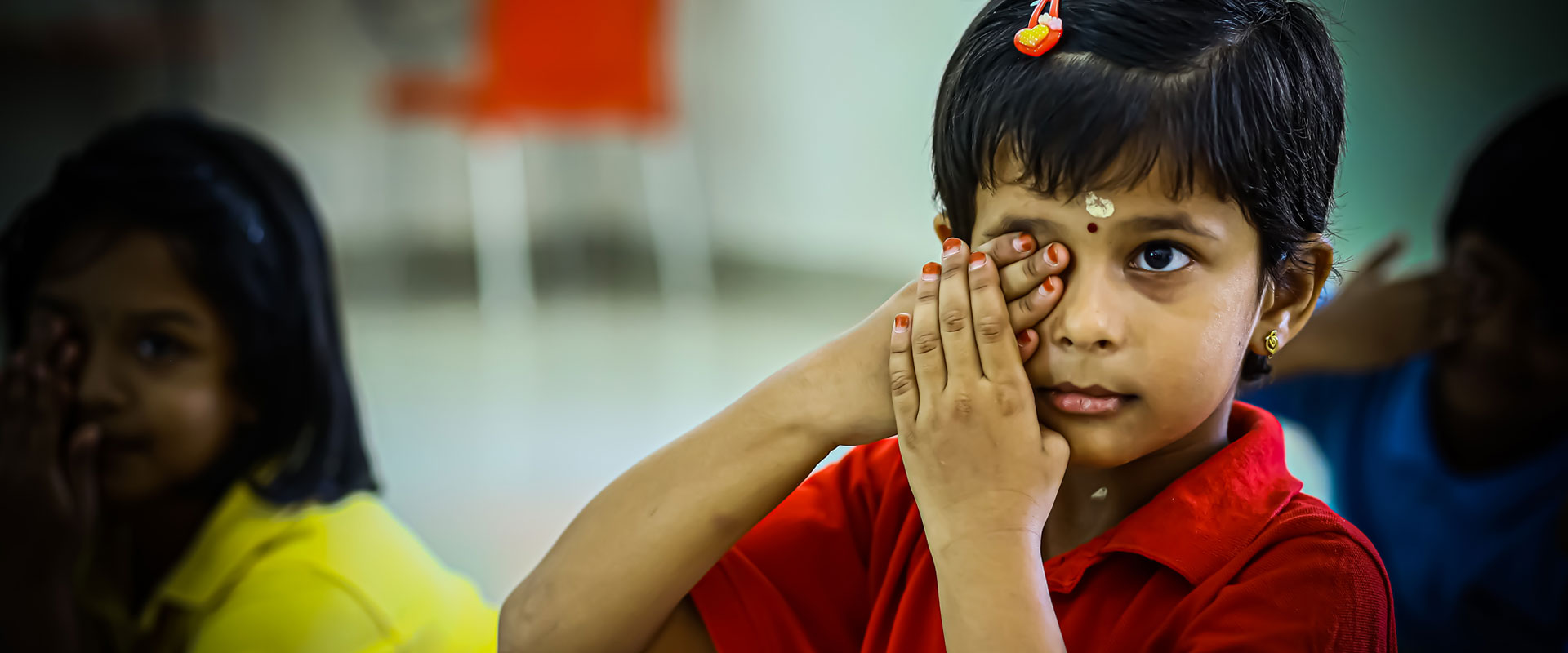
Finger rhymes/play in preschool is hand action or movement combined with singing or spoken words to engage the child’s interest. Teachers use fingerplays to introduce rhymes to children and introduce new concepts. Preschool finger rhymes and songs are fun and can also help children develop gross & fine motor skills, improve memory, and gain social skills. Apart from these, kids tend to develop their language, muscular coordination and rhythmic proficiency. They also develop skills for playing musical instruments. Another benefit from this activity is auditory discrimination. Throughout this activity, kids gain self-confidence and have some fun too.
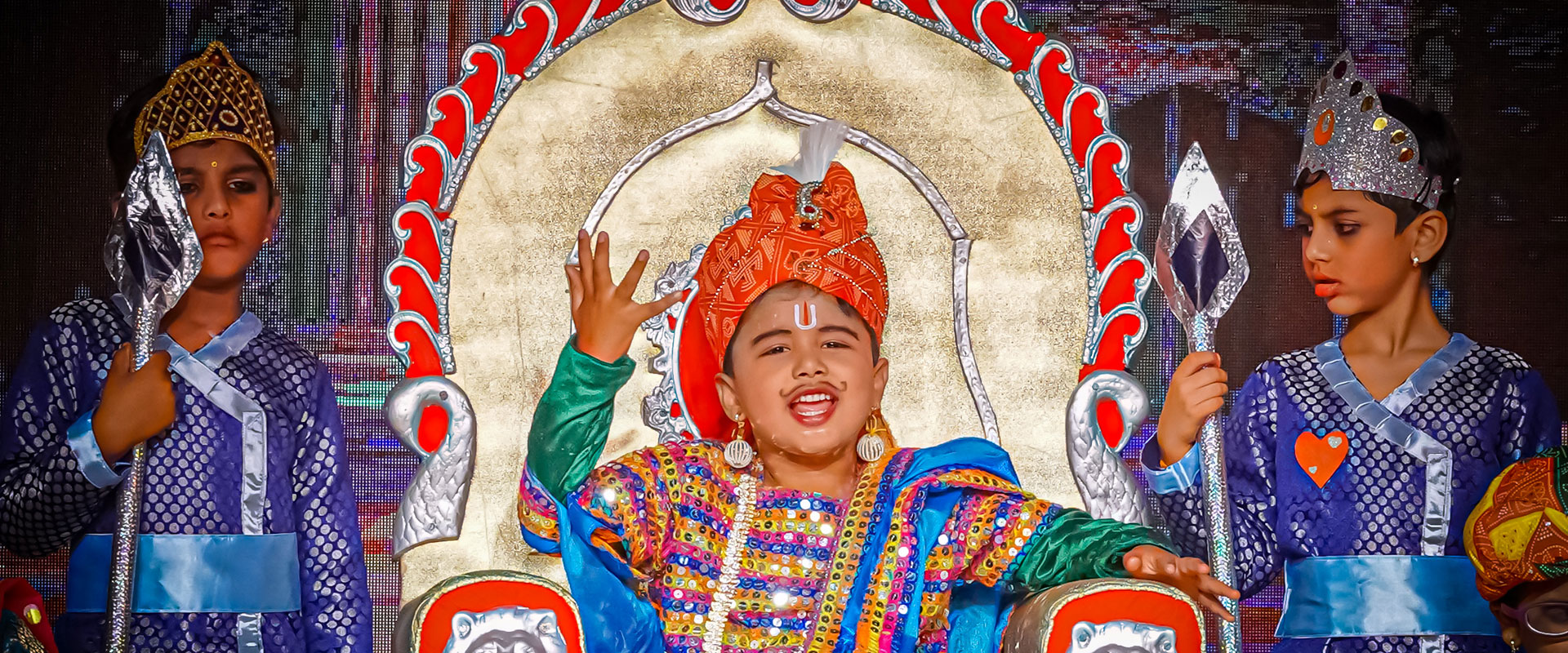
In the initial phase of education, every child needs engaging and fun ways to learn. Preschoolers pick up many of the basic, but important life lessons during this phase of their life. Kids love to mimic adults, and in the process, they learn about life. Roleplaying activities help them do just that. Dramatic play is an extremely valuable part of the daily curriculum as it helps them to vent out emotions they normally cannot verbalize, leading to language development. In it, the child can control the events and their wishes can come true. Children also feel powerful and learn important social skills.
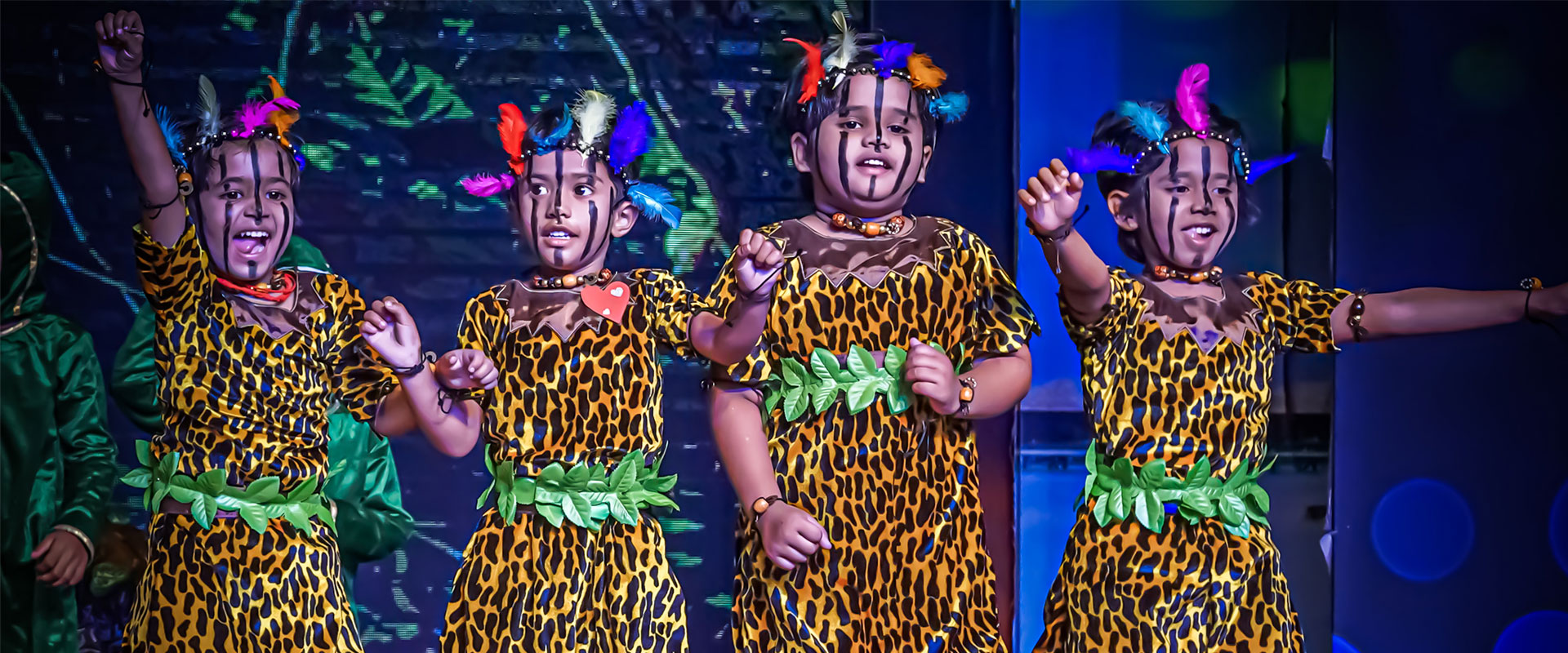
Animal movements correct a lot of developmental gaps (if any) and help them learn other aspects later. Animal walks are a lot of fun for kids. Not only do the children get to pretend to be some of their favourite animals, but they burn off lots of energy while doing it. Basically, animal walks help kids receive calming deep pressure to their joints and limbs, help strengthen their sense of balance, and develop body awareness. Animal walks have a great ability to calm anxious kids by providing proprioceptive and vestibular sensory input through heavy work. Animal walks also help develop a child’s core strength and muscles.
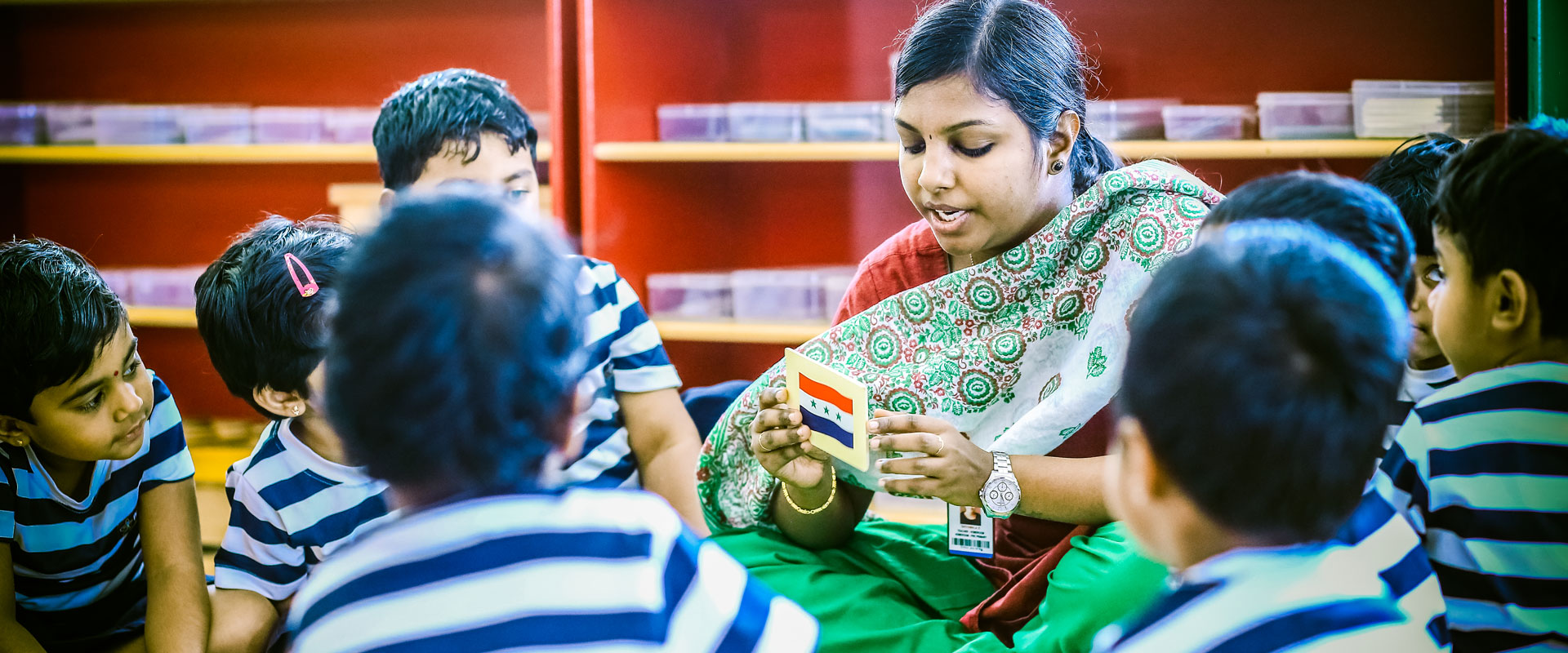
Object talk is a teaching method that consists of using a physical object or a visual aid as a topic of discussion. Object talk is based on the idea that material things have the potential to convey information. It is believed that teaching through observation of objects helps students recognize concepts better. Object talk at TIPS is done by the facilitators (teachers) in short bursts with 5 to 6 sentences about the physical attributes and the usage of randomly taken objects from the world around us. As kids participate in object talk with enthusiasm and excitement, their listening skills, comprehension and vocabulary are all developed.
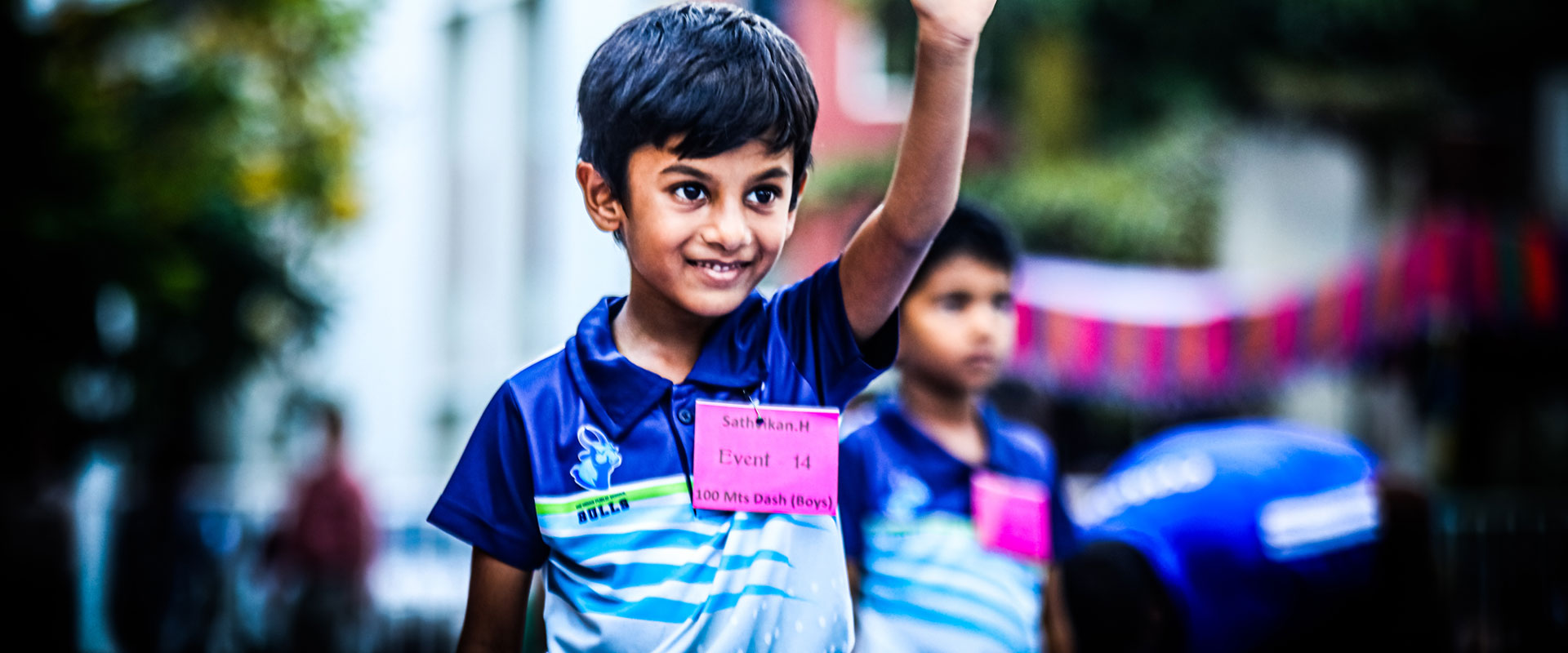
Mindfulness is the state of being aware of what is happening in the present moment. One tends to attentively analyse one’s actions and reactions when one is mindful. When kids are encouraged to practise mindfulness, they can understand and express how they feel in different scenarios. Mindfulness activities for TIPS kindergarten children include various breathing exercises and listening exercises which involve children attentively listening to sounds around them. Guided imagination exercises encourage kids to imagine themselves as a tree or an animal or anything. This improves children’s imaginative powers. In addition to these, ‘what are you feeling now?’ conversations help kids express what they are feeling in the moment.
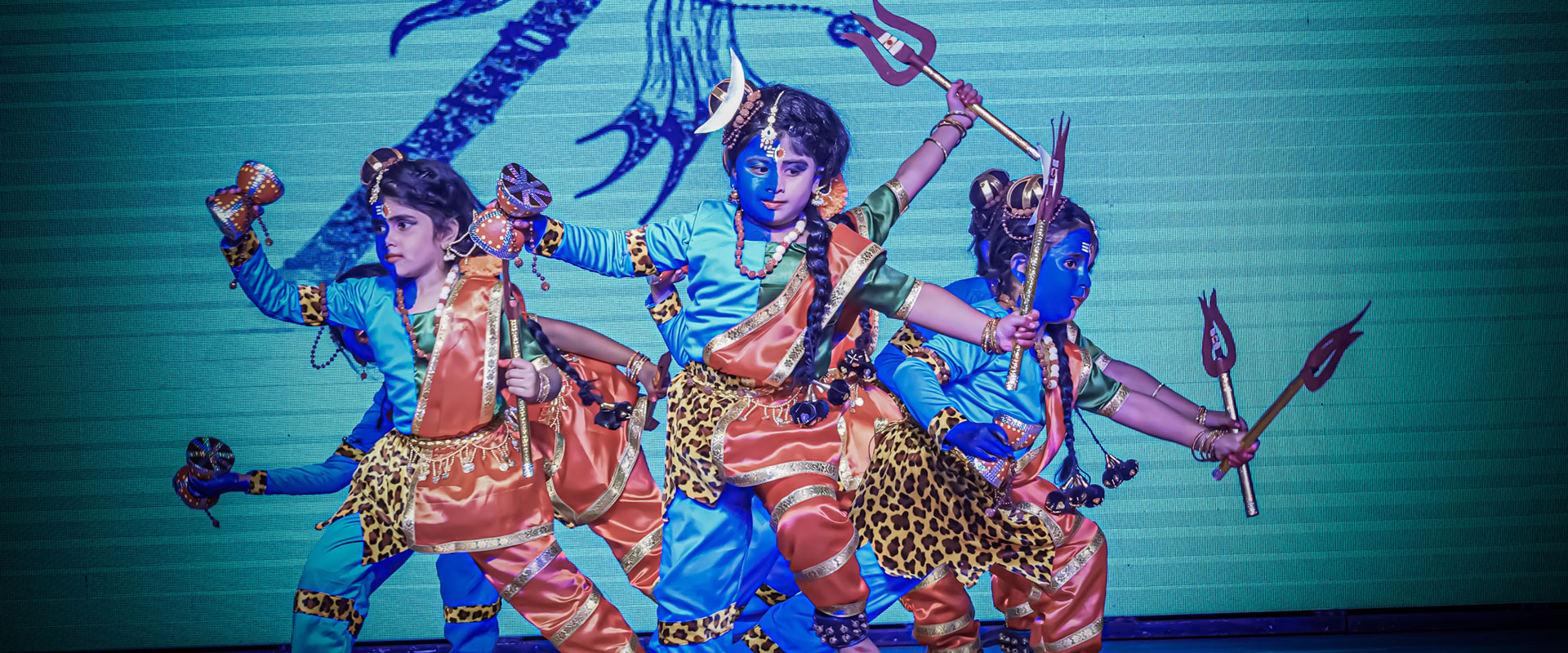
Music ignites all areas of child development and skills for school readiness including intellectual, social-emotional, motor, language and overall literacy. It helps the body and the mind work together. When children participate in music and movement activities in a group, they also develop and refine their social skills. They learn to work as a team, they learn to share and they learn how to be creative in a group environment. Their fine motor skills and gross motor skills will be developed. Maintaining their balance and coordination will improve. Expressing emotions will be a cake-walk once they begin to dance and sing.
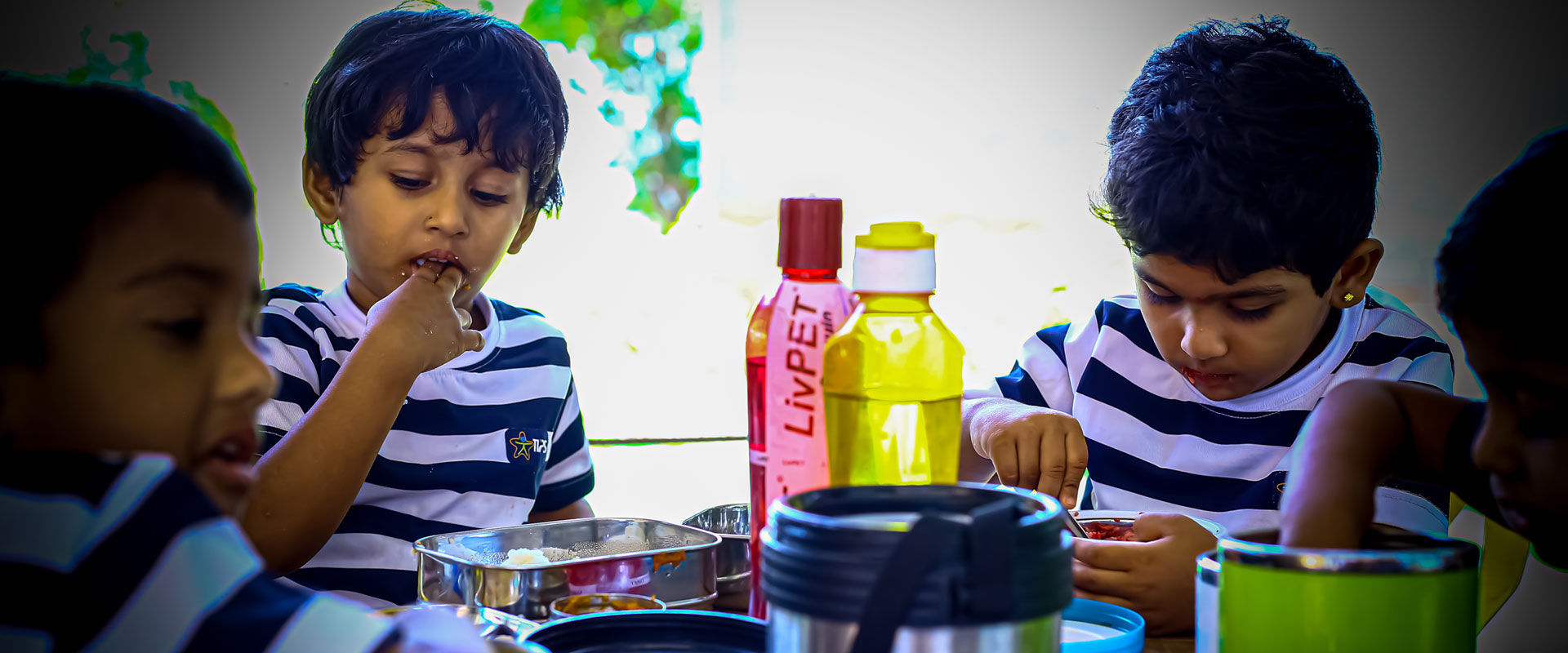
When engaged in cooking activities like making a salad or squeezing lemons to make lemonade, children build their vocabulary of food and cooking-related terms and also develop their fine motor skills. Children with well-developed fine motor skills can control a pencil and write with control later on. Cooking activities also encourage healthy eating, independence and sense of accomplishment. Kids become responsible with more focus, confidence and attention. Their basic math, science and other life skills are built. Children begin to explore through their senses and also get excited to try something new every day. On the whole, language development is also induced.
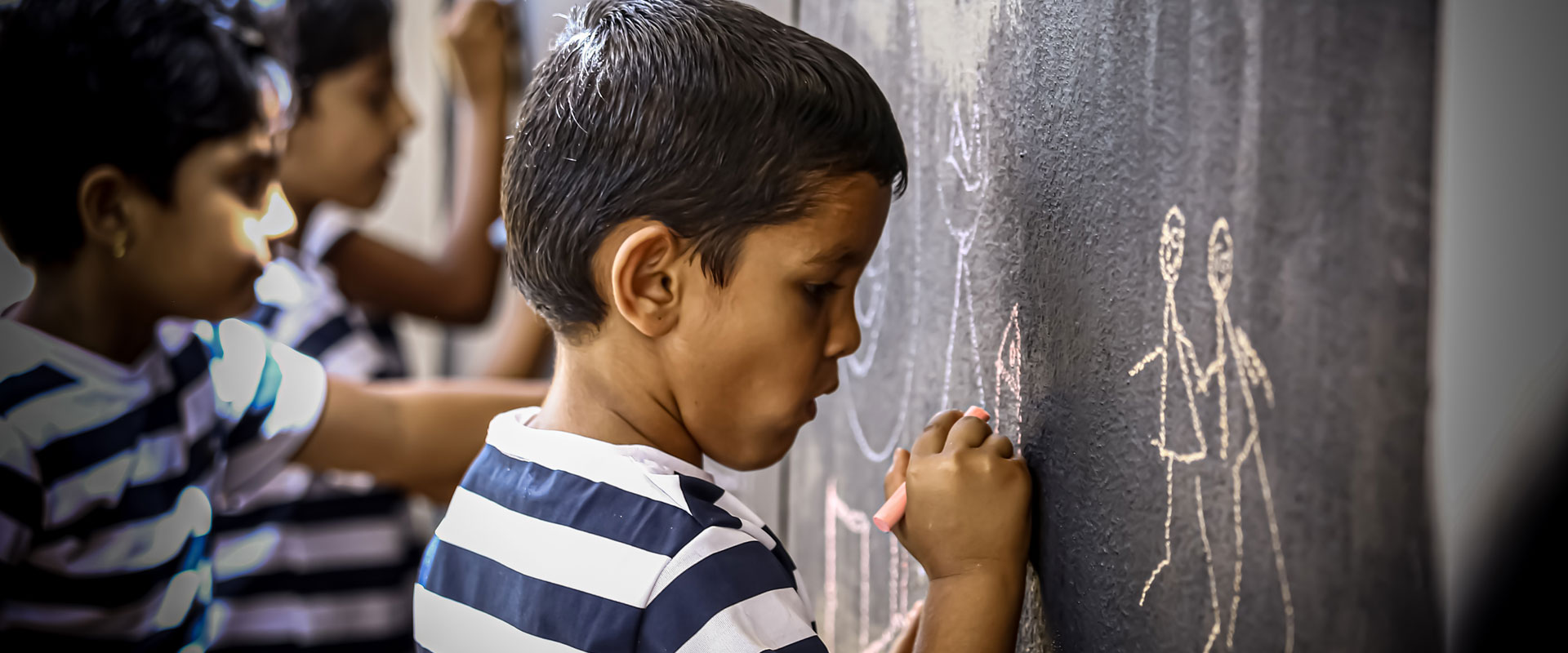
Language is introduced to the children in the order of listening, speaking, reading and writing to improve creativity, knowledge and wisdom. KG kids at TIPS learn English, Tamil and Hindi through various enrichment activities that are given to them right from the time they join the school. Stories, rhymes, nature walk, material work, letter tracing, book reading, sound recognition and sentence writing are some of the activities practised at TIPS KG for establishing an effective medium of communication. Our experienced teachers will also stand with our young Tipsians and guide them throughout their preschool journey.
DEVELOPMENTAL MILESTONES
“For a small child there is no division between playing and learning; between the things he or she does ‘just for fun’ and things that are ‘educational.’ The child learns while living and any part of living that is enjoyable is also play.” ~ Penelope Leach
AT TIPS, we ensure to provide the right environment and learning opportunities for children to achieve age-appropriate milestones, and accordingly observe the children to assess their progress on the following developmental milestones at the end of ages 3, 4 & 5:
GROSS MOTOR SKILLS
- Run and walk without tripping over their feet.
- Jump, hop, and stand on one foot.
- Walk backwards and climb stairs one foot after the other.
- Kick and throw a small ball.
- Catch a big ball (most of the time).
- Climb
- Start pedalling a tricycle or bike.
FINE MOTOR SKILLS
- Draw a circle with a crayon, pencil, or marker.
- Play with toys that have small moving parts and/or buttons.
- Turn the pages of a book one at a time.
- Start to construct using six or more blocks.
- Work door handles and open twist-on bottle tops.
COGNITIVE MILESTONES
- Name the eight primary colours.
- Recite numbers to 10 and start counting groups of things.
- Start understanding time in terms of morning, night, and days of the week.
- Remember and retell favourite stories.
- Understand and talk about things that are “the same” and “different”.
- Follow simple three-step directions (“Brush your teeth, wash your face, and put on your pyjamas.”).
SOCIAL AND EMOTIONAL MILESTONES
- Be interested—although hesitant—about going to new places and trying new things.
- Start to play with other kids (as opposed to only playing side-by-side).
- Start being able to comfort and show concern for an unhappy friend without prompting.
- Take turns while playing (even if they don’t like to!).
- Play “real life” with toys like play kitchens.
- Start finding simple ways to solve arguments and disagreements.
- Show (but maybe not name) a variety of emotions beyond happy, sad and upset.
GROSS MOTOR SKILLS
- Use alternate feet on the stairs.
- Jump with two feet.
- Use door handles.
- Control big muscle movements more easily. They may be able to start, stop, turn, and go around obstacles while running.
- Throw and bounce a ball.
- Jump over objects and climb playground ladders.
- Pedal and steer a tricycle or bike.
FINE MOTOR SKILLS
- Get dressed with minimal help (zippers, snaps and buttons).
- Draw or copy basic shapes and crosses (this is a milestone known as “being able to cross the midline”).
- Write some letters or make separate and distinct marks that look like letters.
- Put together a simple puzzle.
- Begin to use scissors purposefully.
- Stack a tower at least 10 blocks high.
- String beads.
- Pinch and shape clay or play-dough into recognizable objects.
COGNITIVE MILESTONES
- Start sorting things by attributes like size, shape, and colour.
- Compare and contrast by things like height, size, or gender.
- Begin to understand the difference between real and make-believe.
- Understand that pictures and symbols stand for real things.
- Recognize shapes in the real world.
- Count to at least 20 and also count items in a group.
- Explore relationships between ideas.
- Start thinking in logical steps, which means understanding how something happens and its results.
- Get abstract ideas like “bigger,” “less,” “later,” “ago,” and “soon”.
- Put things in order, like from biggest to smallest, shortest to tallest.
- Stick with an activity for 10 to 15 minutes straight.
SOCIAL AND EMOTIONAL MILESTONES
- Start to show and express a wider range of emotion.
- Share, cooperate, be helpful and take turns.
- Enjoy telling silly jokes and find other things funny.
- Begin telling small lies to get out of trouble, even though they know it’s wrong.
- Have imaginary friends and play the same imaginary games over and over.
- Start playing with other kids and separate from parents and caregivers more easily.
GROSS MOTOR SKILLS
- Walk on their tiptoes and heel-to-toe like on a balance beam.
- Jump rope and pump their legs to swing alone.
- Stand and hop on each foot.
- Catch a ball the size of a softball.
- Start to move in more coordinated ways, doing things like swimming, dribbling a basketball or dancing.
FINE MOTOR SKILLS
- Use one hand more than the other (this is sometimes called “hand dominance”).
- Hold a pencil using a tripod grip (two fingers and a thumb).
- Cut out basic shapes with scissors.
- Use a spoon easily.
COGNITIVE MILESTONES
- Recognize and name different colours and basic shapes.
- Know the letters of the alphabet and their sounds.
- Recite their name, address and phone number.
- Understand basic concepts about print (like knowing which way the pages go and that words are read left to right and top to bottom).
- Know that stories have a beginning, middle and an end.
- Count groups of objects up to 10 and recite numbers to 20.
- Stick with an activity for 15 minutes and finish a short project.
- Make plans about how to play, what to build or what to draw.
- At-home connection: I’m Batman! Explore how making them believe can help your child learn to manage thoughts, actions, and emotions.
SOCIAL AND EMOTIONAL MILESTONES
- Enjoy expressing their talents; they’ll sing, dance, or be silly to get attention.
- Want your approval and to be taken seriously for almost everything.
- Start to understand why it’s helpful to share and get along with other kids.
- Follow basic manners and rules. Also, help other kids follow the same.
